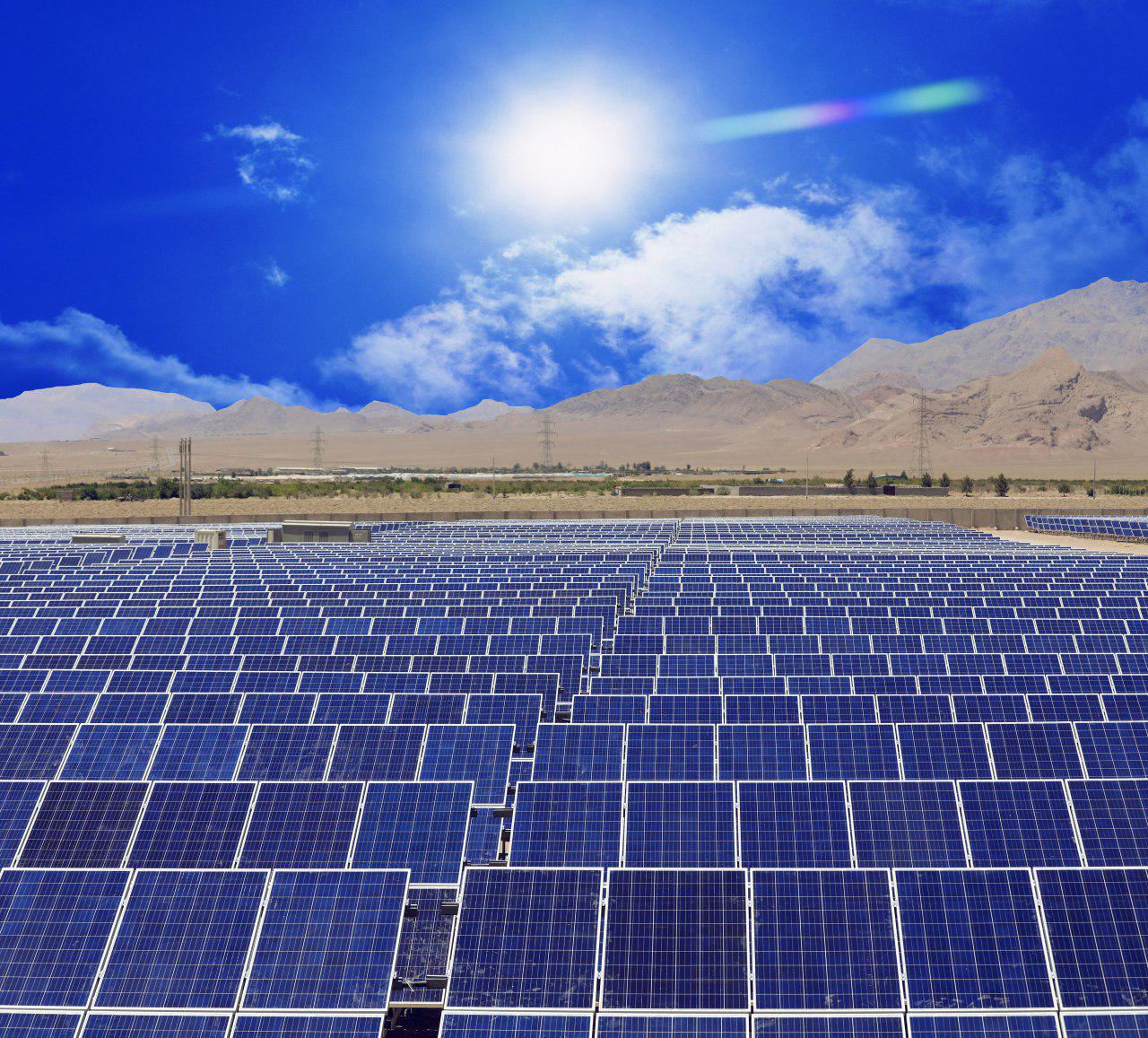A 93MW solar power plant is set to be built in Mali. This is after the government gave the go-ahead to Phanes Energy Mali-SA , a subsidiary of the Phanes group to develop the plant plant in Touna in the cercle Bla, Ségou region.
The energy firm signed a power purchase agreement (PPA) with the public company Energie du Mali (EDM-SA) for the project estimated to cost US $129m. Construction will take 18 months and once commissioned, the facility is expected to supply electricity to Mali’s national grid for 25 years.
Read: Total Kenya adopts solar energy in 107 service stations
The project will increase the country’s energy supply through a clean and low-cost source of energy, thereby increasing the share of renewable energy in Mali’s electricity mix. The Touna solar power plant should also optimise production costs and improve the quality of the public electricity service. Mali has resolutely turned to solar energy to increase the power of its national electricity grid.
Mali is counting on investments by independent power producers (IPPs) such as Phanes Energy Mali-SA to develop the capacity of its grid. The French IPP Akuo Energy commissioned its 50 MWp Kita solar power plant, the output of which is sold to EDM-SA. Amea Power is currently developing a solar project to inject 50 MWp into the national grid. Pal 4 Énergie Solaire is preparing to supply 100 MWp from the Diéma solar power plant in the west of the country.
Mali has a strong renewable energy penetration (especially solar) and a national average rate of access to electricity on the increase (25% in 2012, and 35% in 2016). With the development of the Action Agenda alongside the Renewable Energy and Energy Efficiency Action Plans, and their formal adoption, the country set a 87% access target to be reached by 2030 for electricity (110% in urban areas, 81% in rural areas) and 100% for clean cooking solution, while further improving the share of renewable energy sources in the electricity mix to 37%. Energy efficiency goal is to achieve a primary energy intensity of 0,43 ( ktoe / GDP) by 2030.
